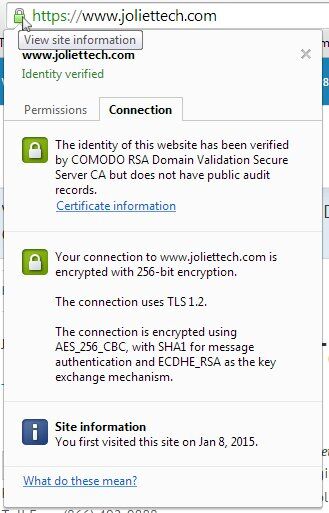Stand-alone vs. Packaged Variable Speed Drive – Which Should I Choose (Part II)
Last issue, we discussed several factors which can influence the decision regarding the type of VSD – stand-alone module or packaged drive – to utilize for your application. These factors included the configuration of the drive you are seeking to replace (if this is not a new application); available space; ambient conditions in/around the installation site; and peripheral equipment to be connected to the drive.
Other factors can play important roles as well. For instance, safety and code compliance can heavily impact the VSD configuration to choose. For instance, packaged drives which are UL labeled provide assurances that the assembly is properly built, tested, and suitable for its rated output. While not all installations require UL labeling, the assurances it provides can more than offset the nominal cost for obtaining it. And while many stand-alone drives are UL labeled, a packaged unit ensures that the upstream disconnecting means, overcurrent protection, and any associated peripherals are specified and installed in compliance with applicable codes – which can translate to less work by field engineering and installation personnel.
The installation of any VSD requires properly rated disconnecting means and over-current protection installed in conjunction with the drive. (A basic VFD power wiring installation is shown in Fig. 1 below.) […]


 Fig. 1 – Drive Module (ACS880 series) Courtesy of ABB Inc.
Fig. 1 – Drive Module (ACS880 series) Courtesy of ABB Inc.


 A: The most important consideration in the case of multiple motors connected to a single drive is the length of the leads between the VFD and the point of common connection of the
A: The most important consideration in the case of multiple motors connected to a single drive is the length of the leads between the VFD and the point of common connection of the